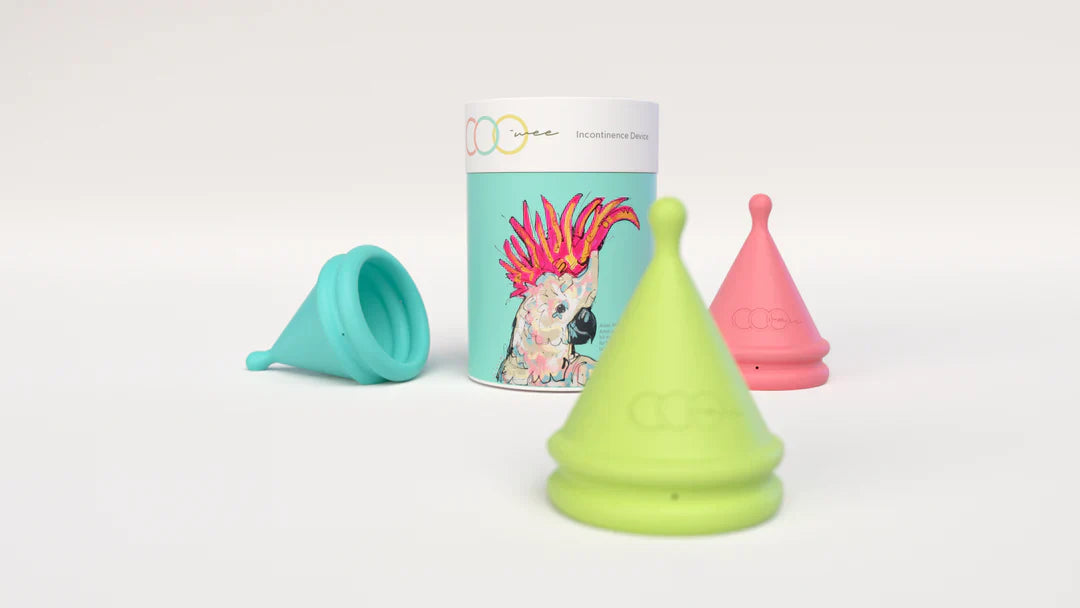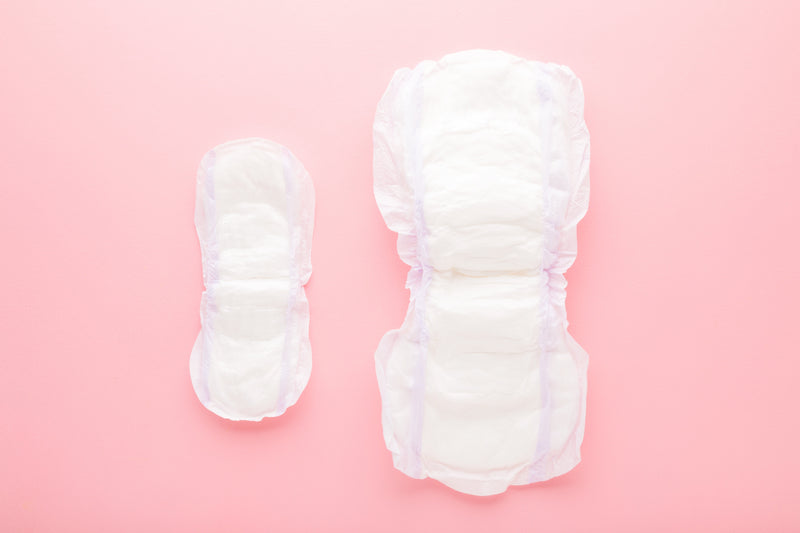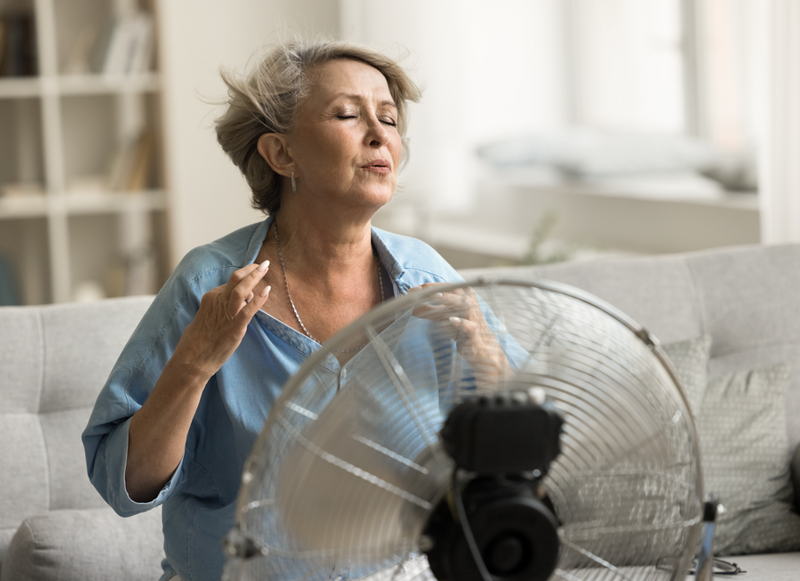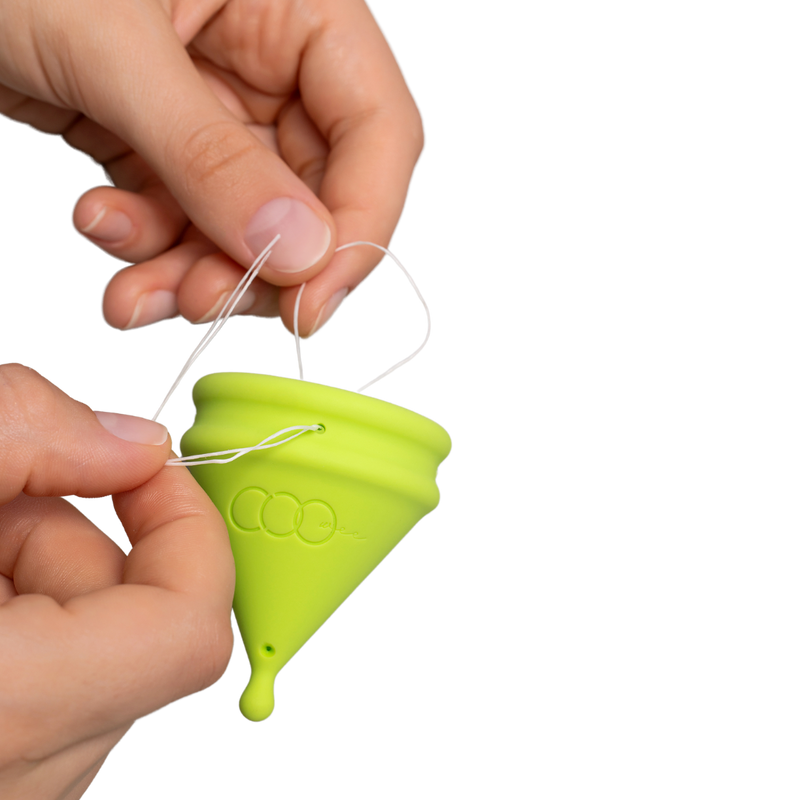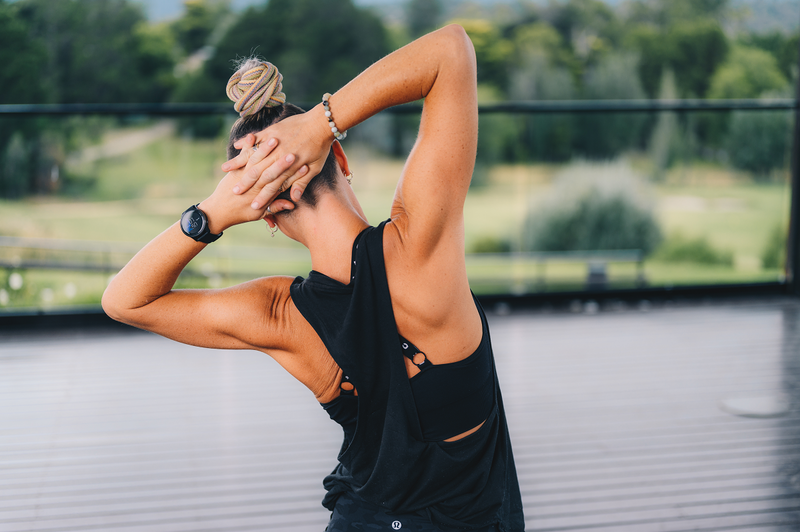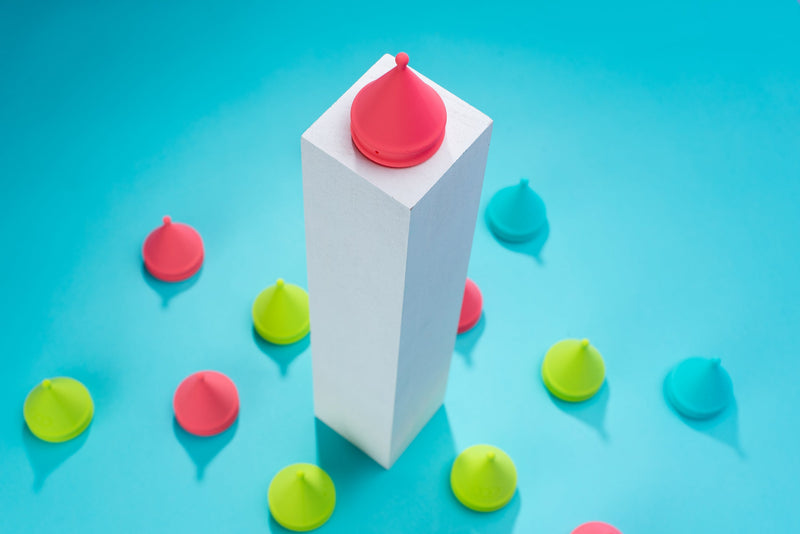If you’re like most people with urinary incontinence (and there are a lot–most studies report between 25-45% of a given population experiences UI), you probably haven’t really thought about what type of urinary incontinence you have. But not all urinary incontinence is the same. Learning more about the most common types of urinary incontinence can help you understand what type of incontinence you might be dealing with, and ultimately help you find the best treatment for you.
Major Types of Urinary Incontinence
While there are four major types of incontinence, not all cases of incontinence will fall neatly into a single category. Many people have a combination of more than one type of incontinence, sometimes caused by more than one factor. If this is the case for you, you may experience different types of leakage under different circumstances.
Urge Incontinence
Urge incontinence is caused by an under- or overactive bladder. Like the name suggests, it’s characterised by a sudden and urgent need to go to the bathroom. This can be caused by a miscommunication between the brain and the bladder, making you think your bladder is full when it’s not, and visa versa. This miscommunication can also cause bladder spasms that release large amounts of urine at once.
Stress Incontinence
Stress incontinence is the most common kind of incontinence, occurring when the pelvic floor muscles are weakened from outside influence like constant coughing or improper lifting. This means each time you strain yourself, a little bit of urine can leak out. This makes the idea of sneezing quite scary! Luckily, pelvic floor exercises are very effective at treating stress incontinence.
Overflow Incontinence
Overflow incontinence occurs when your bladder is over-full. This can happen in cases where your bladder can’t contract properly, or there is a blockage in your urethra. With this kind of incontinence, the bladder can never really empty itself out properly, so it feels like you have a constant need to wee. It can also result in a continuous trickle of urine due to the pressure build-up.
Functional Incontinence
Functional incontinence refers to when social, physical or emotional conditions inhibit the your ability to go to the toilet. Those that experience physical disability or communication issues are affected by functional incontinence. Examples include conditions such as dementia, arthritis and motor neurone disease.
Diagnosing Types of Urinary Incontinence
It’s not always obvious which type of urinary incontinence you have. If it’s unclear, your doctor may ask you to keep a diary detailing information that will aid in diagnosis, like how much fluid you’re taking in, how often you go to the toilet, and how often your bladder lets you down. Other methods of diagnosis include a urinalysis to check for urinary tract infections, residual urine checks (including via an ultrasound or a catheter) and possibly a cystoscopy if necessary.
Urinary Incontinence Risk Factors
Because both neurological and physical factors play a role in urinary incontinence, there are a lot of things that can cause it. But there’s no need to live your life in fear of risking a urine leak. Many risk factors are avoidable if you simply make sensible life choices. Some exception are pregnancy and aging–unfortunately, even the most perfect pregnancy can result in mild stress incontinence, while aging is a just simple fact of life.
Risk factors for urinary incontinence include:
- There is a proven link between obesity and urinary incontinence. The extra body weight puts additional pressure on the bladder and pelvic floor. This excess pressure can contribute to leaking.
- Because smokers often have a chronic cough, smoking indirectly increases the chances of incontinence by putting constant, everyday stress on the bladder and surrounding muscles.
- A poor diet. Diet choices are indirectly connected to urinary incontinence. This is because constipation puts pressure on the bladder and sphincter muscles.
- Heavy drinking. Excessive alcohol consumption can cause the muscles around your bladder to relax and springing a leak is more likely when this happens.
- Hysterectomies and other surgeries on the pelvis area can potentially inhibit or damage the functionality of the bladder.
- Sexually transmitted diseases. STDs can indirectly result in urinary incontinence by causing UTIs that irritate the urethra and bladder.
- Pregnancy, childbirth, and menopause. These major life events tend to bring on incontinence for a significant proportion of women. Pregnancy incontinence can happen immediately after the birth, or even years later when you reach menopause.
- As you get older, your urethra and bladder lose muscle elasticity, making age a common factor in urinary incontinence.
Treating Urinary Incontinence
You might be able to manage your urinary incontinence without much effort or help, especially if your symptoms are mild. If the symptoms are severe, or there’s blood in your urine, it’s a good idea to see your GP for a referral. If incontinence is causing you anxiety or depression, there is help out there. If you’re feeling bad about your work life, social life or sex life, take some time out to talk to someone about it, professional or otherwise.
While a simple, healthy lifestyle will often be enough to protect you from urinary incontinence, sometimes life can get out of hand and things can come up. If you need to treat urinary incontinence, many of the recommended treatments are simple lifestyle changes that are also great for the heart, brain, and bodily health in general.
Of course, there are also incontinence-specific options too. What you need, and what works best for you, will depend on your circumstances.
Treatments for urinary incontinence include:
- Cutting down on excessive alcohol or caffeine.
- Constipation prevention through a good diet (high in fruits and vegetables and low in processed foods), exercise, and avoiding straining during bowel movements.
- Weight loss in the case of obesity.
- Pelvic floor (Kegel) exercises can be performed to strengthen the muscles surrounding the bladder.
- Strengthening the bladder and urethra by delaying the time between feeling the urge to urinate and actually going to the loo.
- Creating a timetable whereby you go to the bathroom at set times during the day, as opposed to waiting for the urge to occur.
- Medication, corrective devices, injections, and surgery–although these treatments are usually reserved for advanced cases.
Depending on what type (or types) of incontinence you have, you and your doctor may decide to start with simple, lifestyle-focused changes like changing your diet and doing pelvic floor exercises, and then discuss the possibility of medication or injections if you aren’t seeing changes.
Living with Urinary Incontinence
Incontinence is one of the few issues that affects a significant portion of the population–especially women–yet is almost never discussed. But hiding incontinence away doesn’t make it any less distressing when it affects your life. There are solutions to urinary incontinence, but if lifestyle changes are not enough and you’re not ready for an invasive surgery, Coo-Wee may be your answer.
Coo-Wee is a simple urinary incontinence device for women that is designed to stop leaks, instead of just absorbing them like a pad. This allows you greater freedom and comfort while reducing single-use waste. Coo-Wee supports your urethra and bladder, is easy to insert, and can stay in for up to 12 hours at a time. Take our quiz to find out which Coo-Wee product is right for you, or contact us to learn more.
